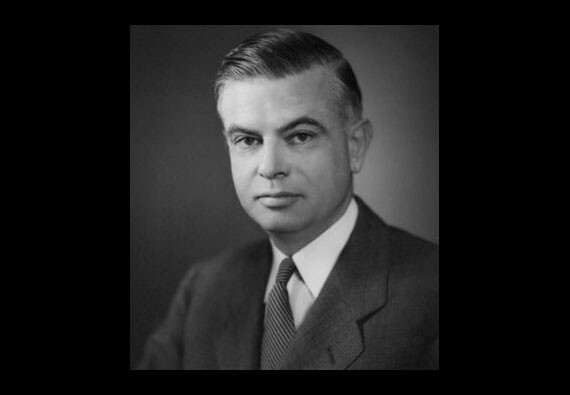

1934

1949

1961

1963

Late 1960s

1970

1970s

1973

1977

1980s

1981

1981

1982

1982

1982

1984

1987

1999

2004






















The technology company recently announced iris authentication in smart glasses, bringing new attention to a nascent high-tech payment option that has also attracted Mastercard and Bank of America.
After buying the failed Silicon Valley Bank, the Raleigh-based regional joined a growing number of banks fighting to serve Boston's tech startups, life sciences entrepreneurs and fund investors.
Now that the Consumer Financial Protection Bureau has refused to request funding from the Federal Reserve System, many experts see the case making its way to the Supreme Court.
The two regional banks, which are combining in a merger of equals, had previously said they expected to complete the deal sometime in the first quarter of 2026.
The bank is a step closer to having its own U.S. dollar-pegged cryptocurrency. It could become the first major financial institution to issue a stablecoin.
Recent high-profile ethics violations by senior Federal Reserve officials, including new revelations concerning stock trades by former Fed Gov. Adriana Kugler, have sparked debate over the effectiveness of the central bank's oversight, even as some observers stress such cases remain rare.